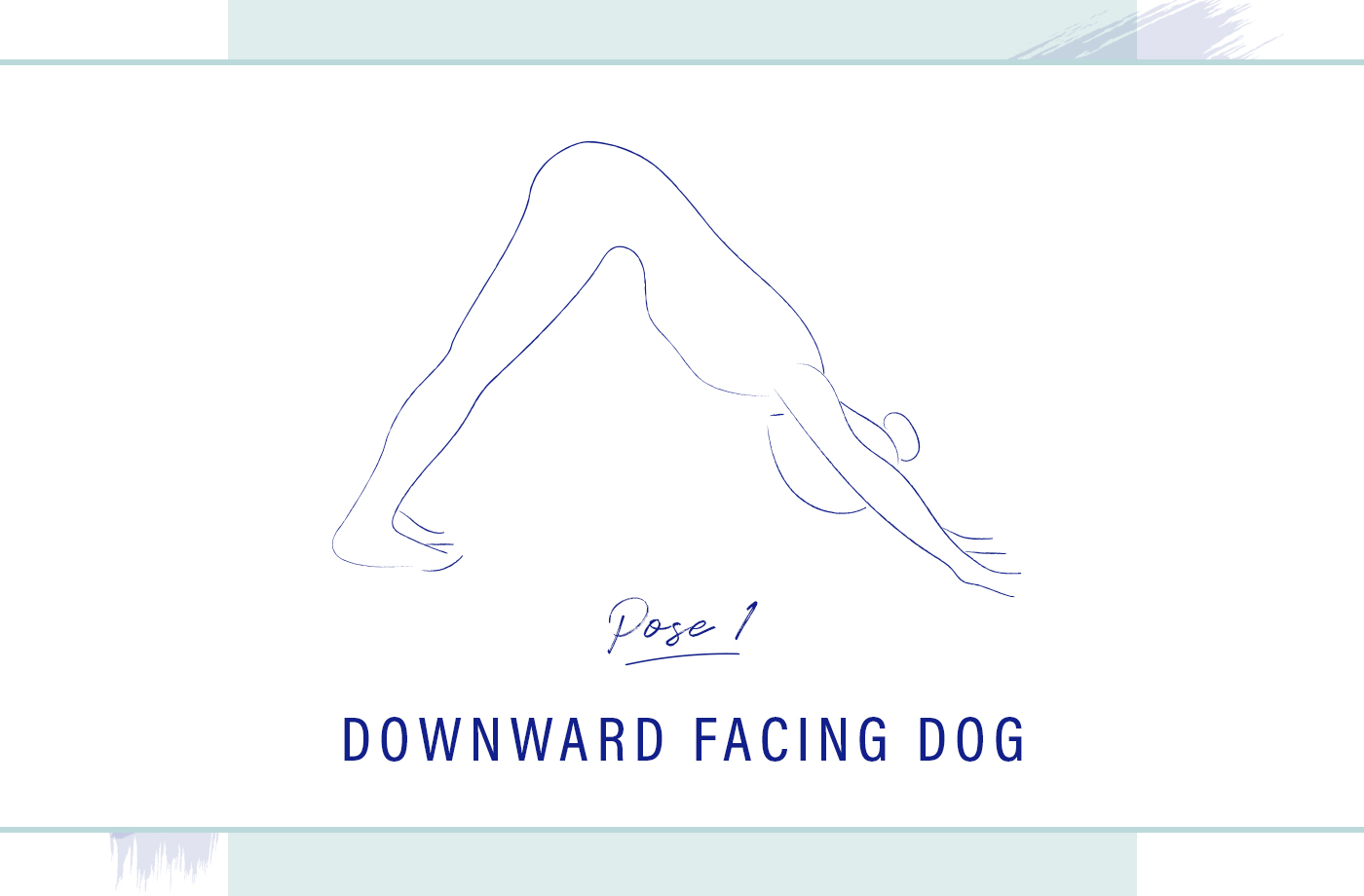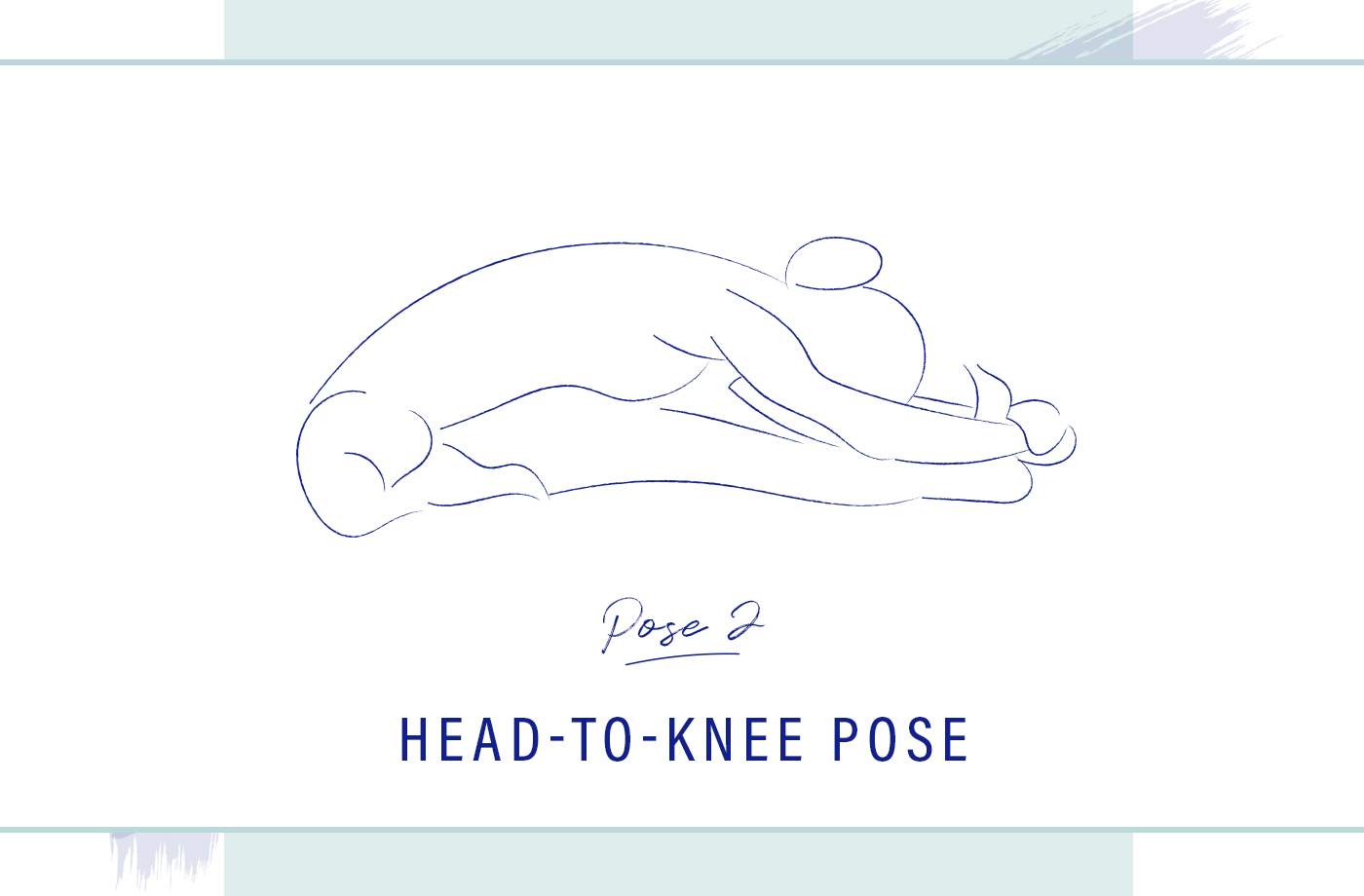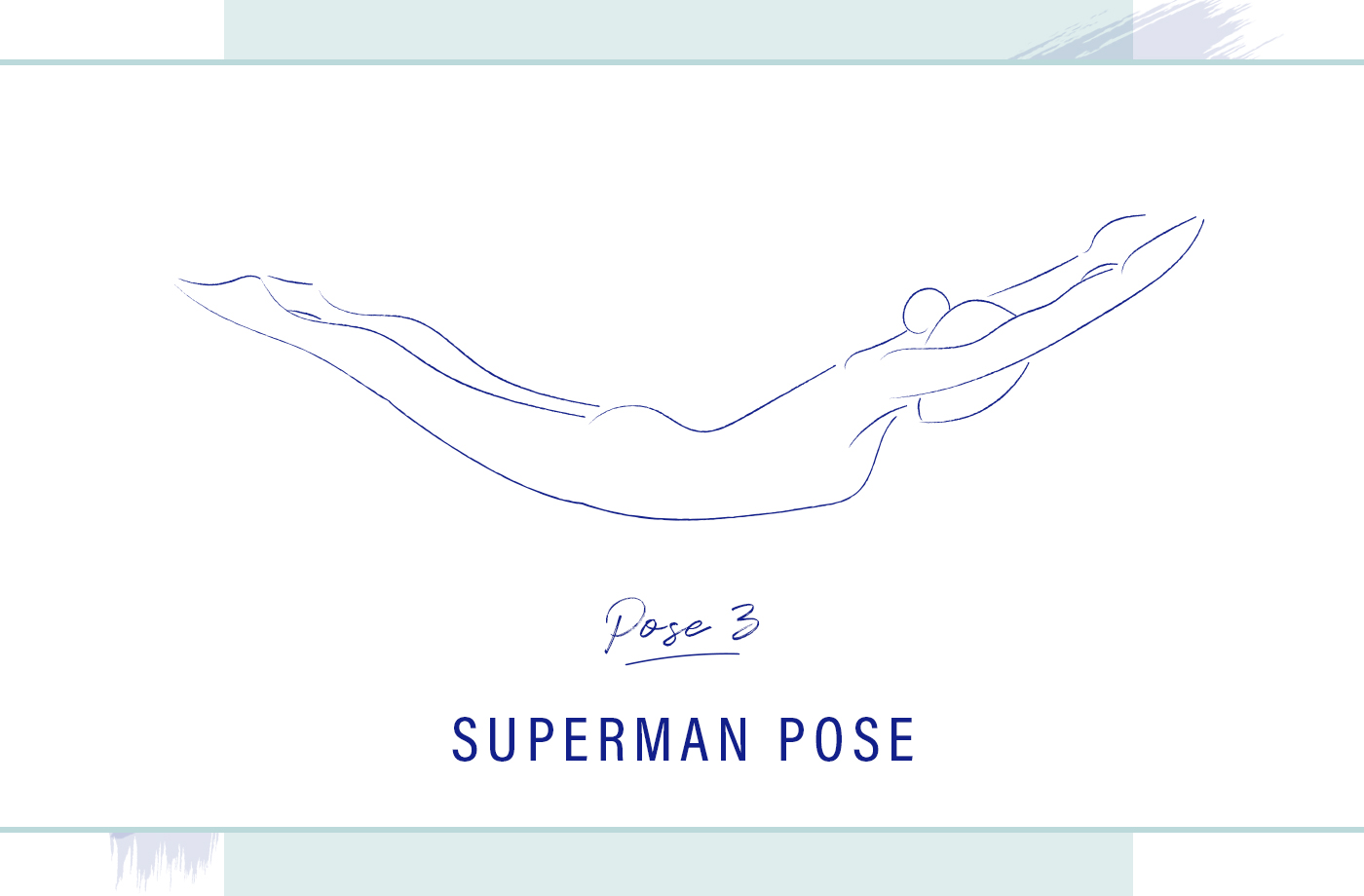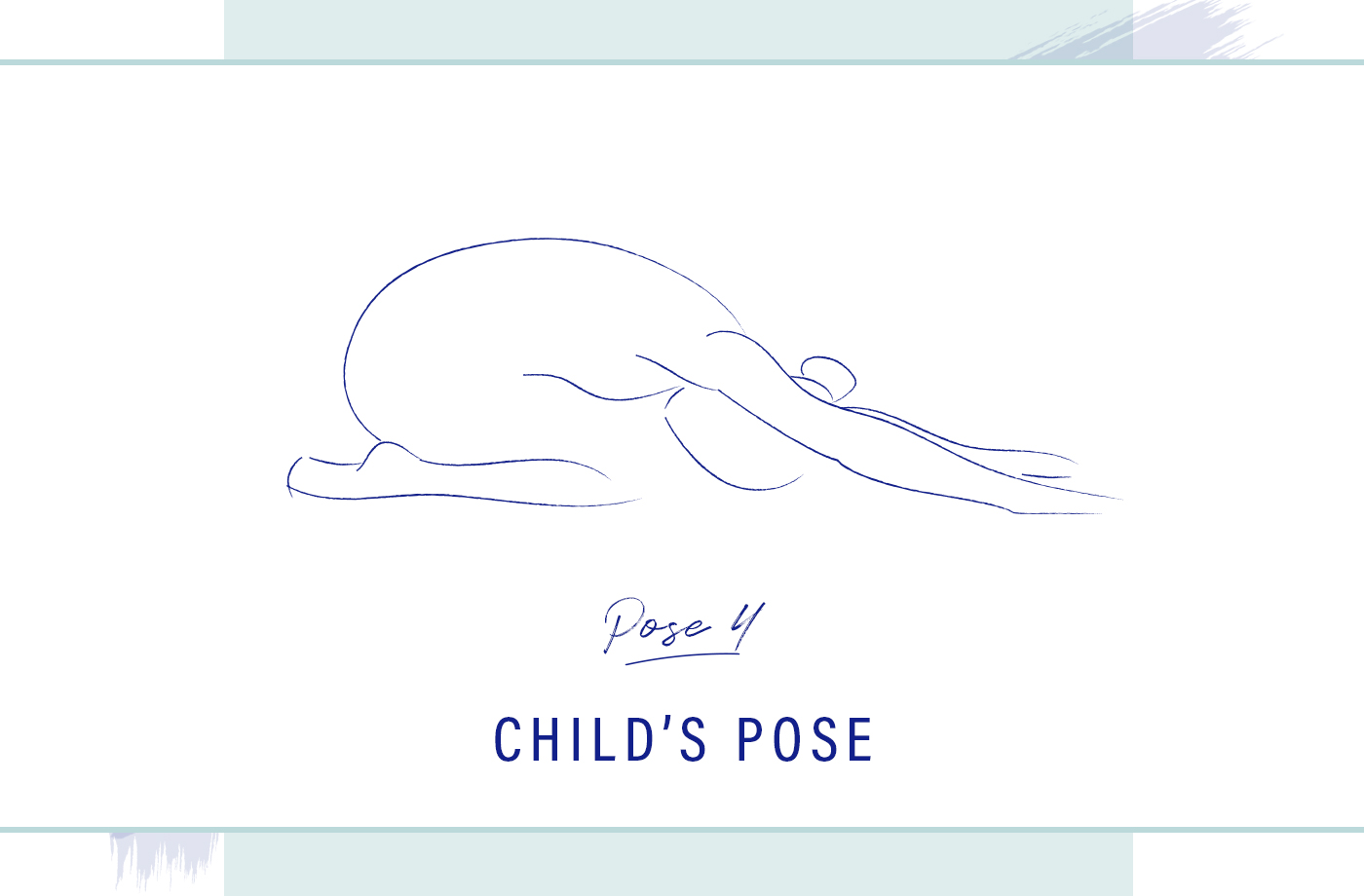5 Yoga Poses Pitta Doshas Should Try to Cultivate Inner Peace and Happiness
Like your zodiac sign and Myers-Briggs personality type, your Ayurvedic constitution (AKA dosha) can tell a lot about your physical and emotional state, as well as your behavior. (All of these are, of course, just tools for self-improvement not absolute truths. But they're a fun way to explore how you understand yourself and the world around you.) If you're not sure whether you're a kapha, pitta, or vata, here's a handy quiz you can take. And while each of us embodies elements of all three, there's one predominant dosha for everyone. Learning how to pacify it, i.e. bring it into balance through diet and exercise, will help you express yourself in the healthiest way.
Here, in a three-part series for Well+Good, Kim Rossi, a certified yoga teacher and Ayurvedic practitioner who works as the director of the Shankara Ayurveda Spa at The Art of Living Retreat Center in North Carolina, shares a selection of asanas best suited for each constitution in order to address its most-common needs such as speeding up digestion (kapha), boosting mood (pitta), and reducing anxiety (vatta).
While each dosha shines in its own way, pittas are particularly lit from within thanks to their elemental association with fire. "Pitta types like to strive and can tend to overdo it," says Rossi. "The key to pacifying pitta dosha is to practice with 75-percent effort, in an effortless, non-goal oriented way. If we don’t, our asana practice can actually increase irritability and stiffness."
"The key to pacifying pitta dosha is to practice with 75-percent effort, in an effortless, non-goal oriented way."
Because of this need to temper their inner heat instead of fanning the flames, when they're on their mats, Rossi recommends pittas try Hatha yoga, a dynamic form of the ancient discipline that's focused on physical movement and breath control. "Practice each asana with a long, slow, and deep breath in and out of your nose," she suggests. "After each, pause for a moment, before moving to the next. To compliment your practice, Ayurveda, yoga’s sister science, reminds us to reduce caffeine, acidic fruits, nightshades, spicy food, fried food, and alcohol. A great pitta pacifying tea is CCF: Boil equal amounts of cumin, coriander, and fennel. Steep, strain, and sip warm throughout the day."

{{post.sponsorText}}
To further pacify your pitta dosha, Rossi shares 5 poses below you can add to your regular yoga practice.

1. Adho mukha svanasana AKA downward facing dog
Come onto your hands and knees, hands under shoulders and knees under hips. Spread your hands wide and press the index finger and thumb into your mat. You'll notice your elbows turn out slightly. Start to lift the tailbone and press your glutes up, flaring your sitz bones toward the sky, and lengthening through your hamstrings. Concentrate on keeping your stomach close to thighs, ears in between biceps, and heels pressed gently toward the floor—they might not touch though. Breathe deeply, soften, and relax into the posture. Hold for one minute. Release and pause before moving on to the next posture.

2. Janu sirsasana AKA head-to-knee pose
Sitting on your butt, extend both legs forward. Bend your left foot to rest against your right upper thigh, creating a "4" shape with your legs. Inhale, raise your arms overhead, exhale, and reach forward toward your toes, without bending the knee of your straight leg. If you cannot hold the foot, rest the hands on the ankle, shin, or knee. Fold over your extended leg, maintaining a straight back, but bowing your head toward your lower body. Take long, slow, deep breaths, and hold this posture for three minutes. Switch legs. Sit, breathe, and relax before moving on.

3. Viparita shalabhasana AKA Superman pose
Lie on your stomach. While keeping all four limbs on the floor, extend your arms and legs as if you're trying to touch the walls in front and behind you. Inhale and simultaneously lift both arms and legs off the ground, attempting to balance on your pelvis and lower abs—but only come up to a place you can breathe fully. Relax your body in this elevated state and hold for two to three minutes. Release.

4. Garbhasana AKA child's pose
Start in a kneeling position, and then fold forward, resting your belly on your thighs, forehead on ground. Extend your arms in front of you, elongating your spine, palms resting on the floor. (Alternatively, bring your arms down by your sides, palms up.) Be comfortable, relax, and breathe. Hold for three minutes. Gently press up on to hands and knees and come onto your back. Rest a moment.

5. Supta matsyendrasana AKA supine spinal twist
Begin lying on the floor and bring your arms out to your sides like the letter "T." Bend your right knee and hug it into your chest. Bring it across your body onto the floor. Be sure your right shoulder is resting comfortably on the ground, and use your left hand to gently keep your right knee weighted down. Look over your right shoulder. Take long, slow, deep breaths into your nose, filling your right hip, ribcage, armpit, and shoulder with each breath in, and relax each area with each exhalation. Hold for two to three minutes, come to center, and switch sides. Relax on your back for 10 minutes.
If you're interested in learning more about Ayurveda, check out this cheat sheet and learn how to cook according to your dosha.
Loading More Posts...